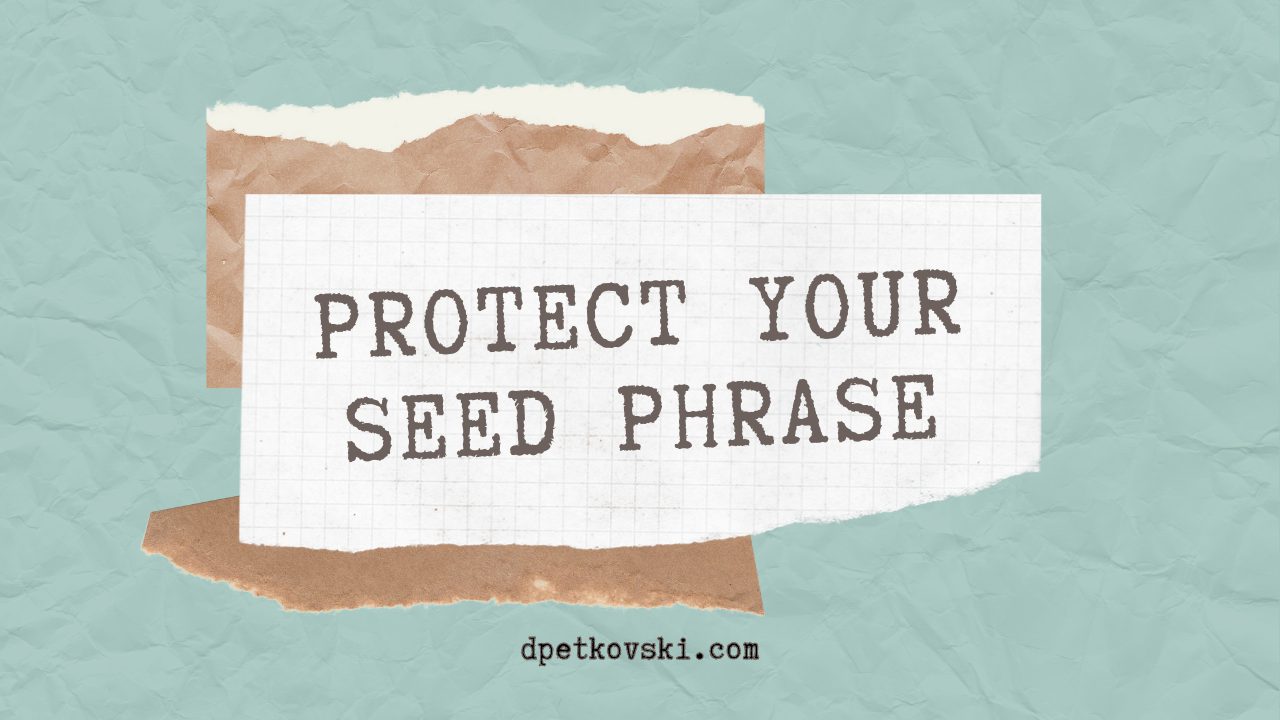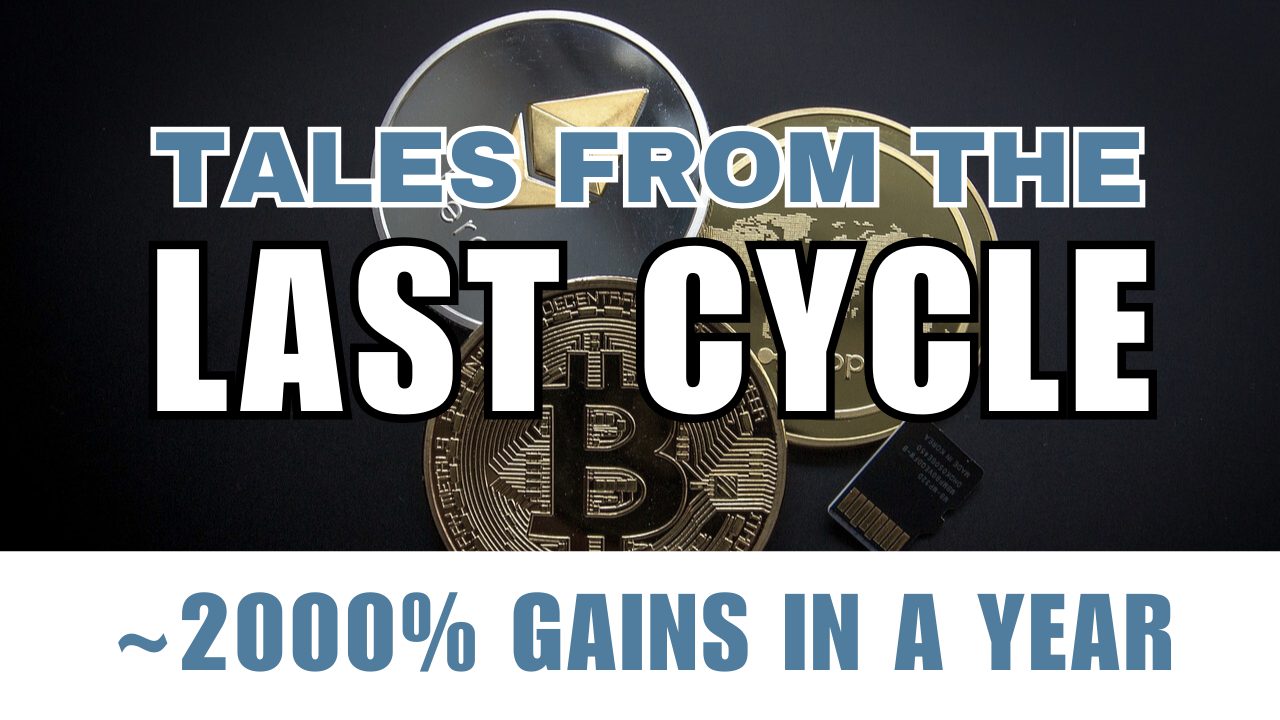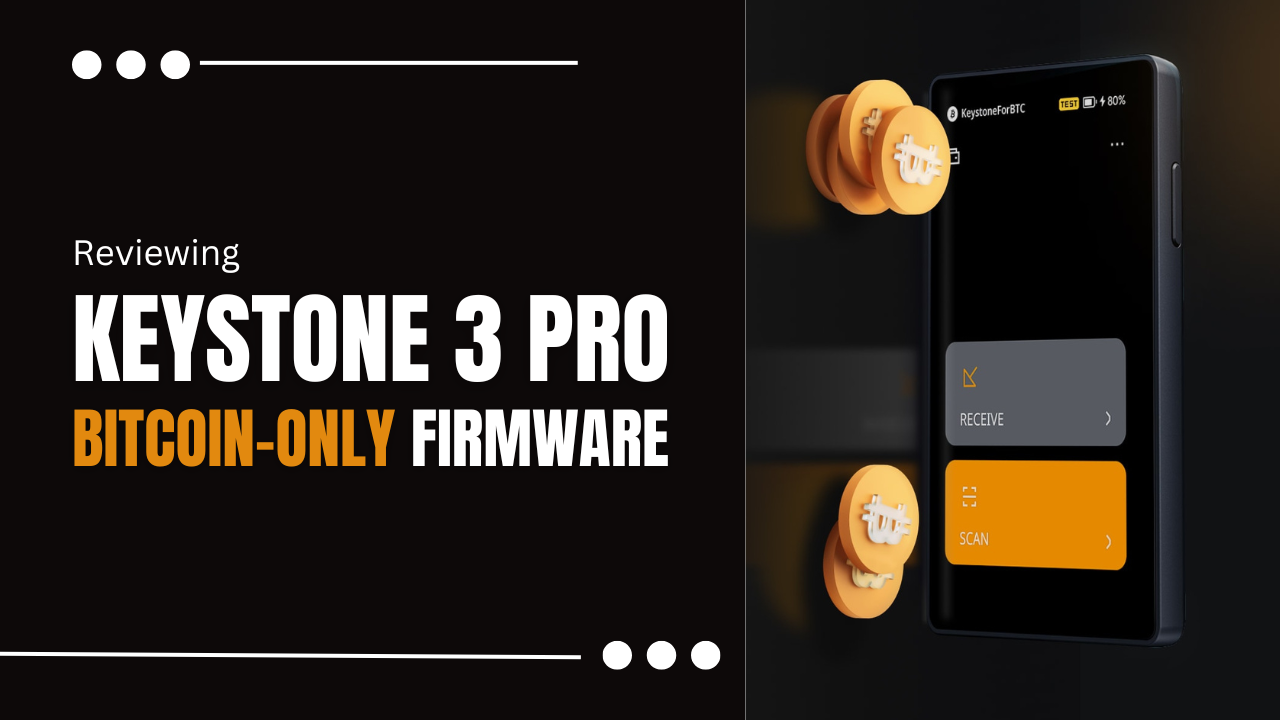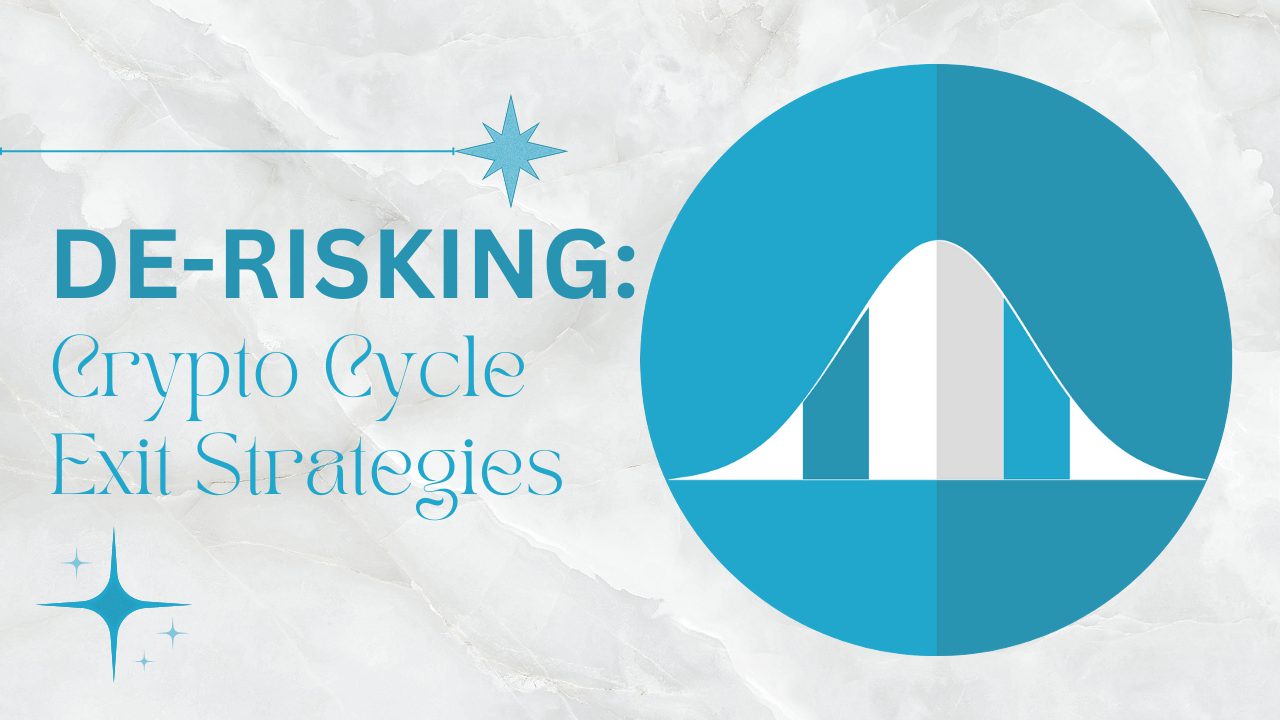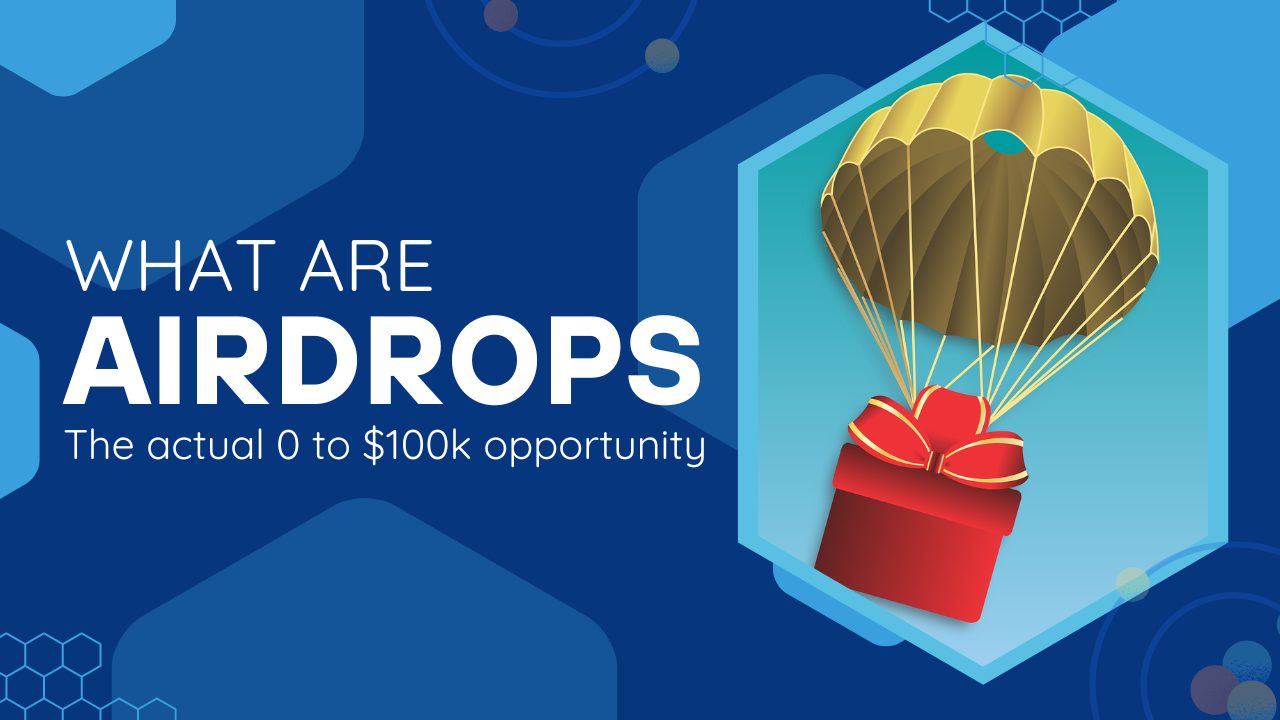
An Airdrop represents a distribution of free crypto to users’ addresses.
These distributions may be worth up to 6 figures and oftentimes require no financial investment. However, they’re rarely announced or guaranteed.
As a veteran in the DeFi space and a recipient of over 100 airdrops, I want to shed some light on the process.
Enjoy learning how airdrops work and how you can become eligible.
Airdrops Explained
Again, airdrops are distributions of free crypto.
You’ve read that right.
During an airdrop, tokens or coins are sent to users that meet certain criteria set by the project. This might be holding a specific asset, being a participant in a particular community, or meeting other conditions.
But why would someone give away free money?
Keep in mind that before the distribution, the tokens are worthless. They’re still not launched, nobody traded them, and they don’t have a price.
Once users receive the tokens, a market emerges and the tokens get a price based on trading activity.
Why Projects Distribute Their Tokens?
Before an airdrop, the total token supply is controlled by the team.
The distribution is often used as a “marketing strategy” to create awareness, attract new users, or encourage community participation.
But in order for the airdrop to have the intended effect, the project must choose which addresses to distribute to.
How Projects Determine Airdrop Eligibility?
Imagine a crypto project that’s already live but still doesn’t have a token.
Certain users are interested in it, use it, interact with it, etc. Eventually, the team takes a snapshot of the addresses that did certain actions until a specific moment in time.
And most often they announce that there’ll be an airdrop only after the snapshot is taken, to prevent bots and airdrop hunters robbing the loyal community from their early-participation reward.
And eventually, new tokens appear in your wallet – some might be worth a hundred bucks, but some might be in the hundreds of thousands of dollars.
Airdrop Examples – Case Studies
Positioning for airdrops gets more strict as time goes by, so it’s best to make use of this knowledge ASAP.
I’ll give some examples of past airdrops so you can get the general idea of their eligibility criteria.
Note: these were not the biggest airdrops, but they’re quite popular and worth covering.
Uniswap Airdrop (2020)
As you probably know, Uniswap is the most popular decentralized exchange (DEX).
The $UNI token was distributed to all addresses that executed a swap before September 17th, 2020.
Every eligible address received 400 $UNI tokens or around $14k at all time high.
Arbitrum Airdrop (2023)
I’ll go in a bit more details about the $ARB criteria because it created a standard that airdrop hunters try to replicate with other networks.
Arbitrum is a L2 network built on top of Ethereum and their eligibility criteria was based on the following:
Qualifying actions:
- Bridged funds into Arbitrum One
- Conducted transactions during two distinct months
- Conducted transactions during six distinct months
- Conducted transactions during nine months
- Conducted more than four transactions or interacted with more than four different smart contracts
- Conducted more than ten transactions or interacted with more than ten different smart contracts
- Conducted more than 25 transactions or interacted with more than 25 different smart contracts
- Conducted more than 100 transactions or interacted with more than 100 different smart contracts
- Conducted transactions exceeding in the aggregate $10,000 in value
- Conducted transactions exceeding in the aggregate $50,000 in value
- Conducted transactions exceeding in the aggregate $250,000 in value
- Bridged more than $10,000 of assets into Arbitrum One
- Bridged more than $50,000 of assets into Arbitrum One
- Bridged more than $250,000 of assets into Arbitrum One
- from the Arbitrum Docs
And then, based on how many actions you’ve done until February 6th, 2023, you’d get a distribution:
- Less than 3 – Not eligible
- 3 actions – 1,250 $ARB
- 4 actions – 1,750 $ARB
- …
- 12 actions – 10,250 $ARB (maximum allocation)
$ARB’s price at the moment of writing is around $2.
Some caveats:
- Addresses with all actions done within 48 hours of each other were deducted a point (obvious airdrop hunters, not legitimate users).
- Clusters of addresses obviously belonging to the same user were disqualified (same onchain behavior, withdrawing to the same addresses on exchanges, etc.).
My point: the game matured from the good old days of “do a swap and get $10k”.
How to Hunt Airdrops?
It basically boils down to staying up to date with new developments and upcoming narratives in the cryptosphere.
Remember that there are no guarantees for an airdrop and, if one happens, there’s no guarantee that it’ll be worth anything. I’ve received distributions worth $50 and others worth 5 digits $USD – and the most lucrative ones were unexpected and unannounced.
The bottom line is to stay curious and enjoy venturing the world of DeFi.
 Husband & Father
Husband & Father  Software Engineer
Software Engineer 







